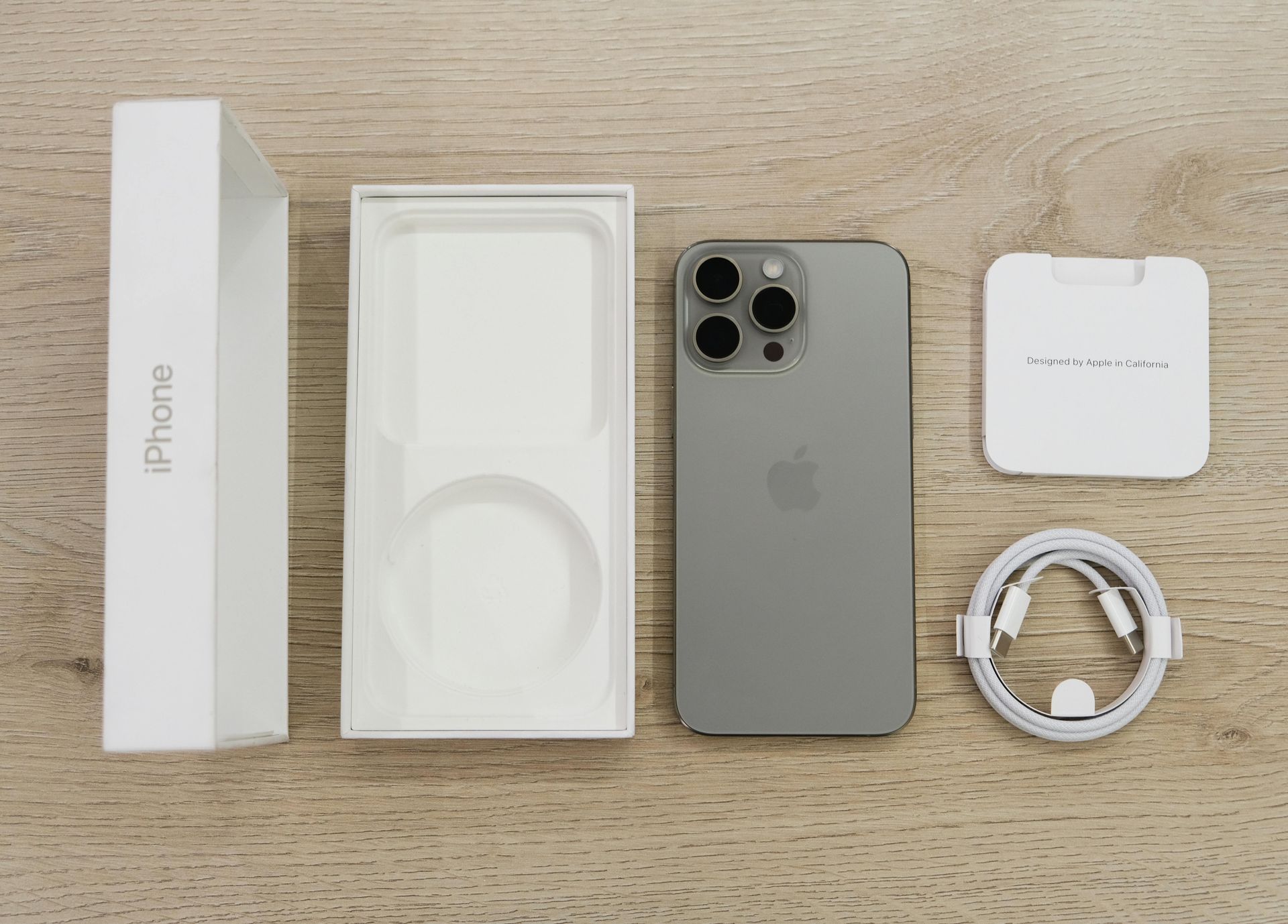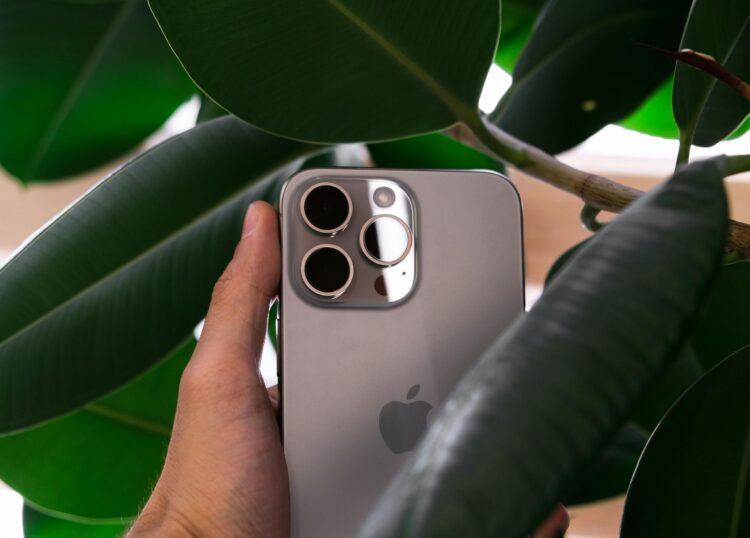Even though Apple isn’t expected to launch the iPhone 17 lineup until September 2025, rumors about a potentially record-breaking thin model—such as the iPhone 17 Air or iPhone 17 Slim—are already exciting iPhone fans. While no official name has been confirmed, speculation suggests that Apple may opt for the ‘Air’ branding similar to its other lightweight devices, a strategy highlighted by Bloomberg’s Mark Gurman and Apple leaker Jon Prosser.
What we know about the iPhone 17 Air’s price and specs
Details on the pricing of the iPhone 17 Air are a mystery for now. However, a report from The Information suggests it “could be priced higher than the iPhone Pro Max,” which starts at $1,199. According to this rumor, the Air model could arrive at $1,299 or more. Interestingly, leaks before this model suggested that it could be a premium option in the lineup, though its specs would not be as good as what is contained in Pro Max.
In a recent note, industry analyst Jeff Pu suggested that the iPhone 17 Air could take over the duties of an existing Plus model, which starts at $899. So, if the Air does replace the Plus model, it could price the Air in line with that amount and reduce the financial jump that First Round buyers would be making.
Could the iPhone 17 Air be Apple’s sleekest and most powerful iPhone yet?
Considering the iPhone 17 Air’s specs, it will be impressive, featuring an A19 chip built on a 3nm process and 8 GB of RAM, starting with 128 GB of Storage. Speculated to feature a display of 6.6 inches, a resolution of 2,740 x 1,260 pixels, and ProMotion abilities for refresh rates as high as 120 Hz. The device, meanwhile, is said to contain materials such as aluminum casing, aluminum, and titanium hybrid casing, but analysts have divided opinions.

In terms of cameras, the iPhone 17 Air is expected to feature one 48 MP rear camera, similar to its siblings, the iPhone 16 and iPhone 16 Plus, while improving the front camera from 12 MP to 24 MP—better news for selfie lovers. The Face ID front biometric security system will also be used going forward.
The iPhone 17 Air targets a sleek device’s petite, slim-as-thin-as-can-be features, but reality may not be so consistent. Early rumors hinted that the handset would reduce the thickness to a remarkable level compared to the iPhone 16’s skinniest-ever 7.8mm design. But while the thickness is supposed to be 5.5mm, recent leaks, including one from MacRumors, suggest this may settle at closer to 6mm, making the 6mm iPhone the thinnest yet—just a little thinner than last year’s 6.9mm iPhone 6.
The device’s thickness is too important to depend solely on the battery. At first, Apple sought a thinner battery, but with its complexity and cost, they settled for a viable 6mm thick battery. So, while the iPhone 17 Air would be impressively thin and light for a large model, it would probably not amount to the extreme minimalism that some hope for.
Reports suggest the display could have a “super-hard AR (anti-reflective) layer” that enhances scratch resistance. It is also rumored that the Air model will adopt an experimental OLED display panel, a sharp turnaround from what previous iterations of the display have offered.
Yet, an industry expert posted, “I’m hoping the iPhone 17 Air is the thinnest iPhone Apple’s ever made, but indications are obvious [that] larger batteries, that deliver the holy grail of all-day battery life, won’t allow for truly thin devices.”
The new iPhone 17 Air could introduce a fresh niche for the iPhone lineup: a bigger-screen model with features such as a larger screen but with a lightweight design, able to appeal to customers looking for portability with less screen size. As we approach 2025, we may hear even more rumors and leaks to better understand what’s set to arrive at WWDC 2025.
Images credit: Zana Latif/Pexels





